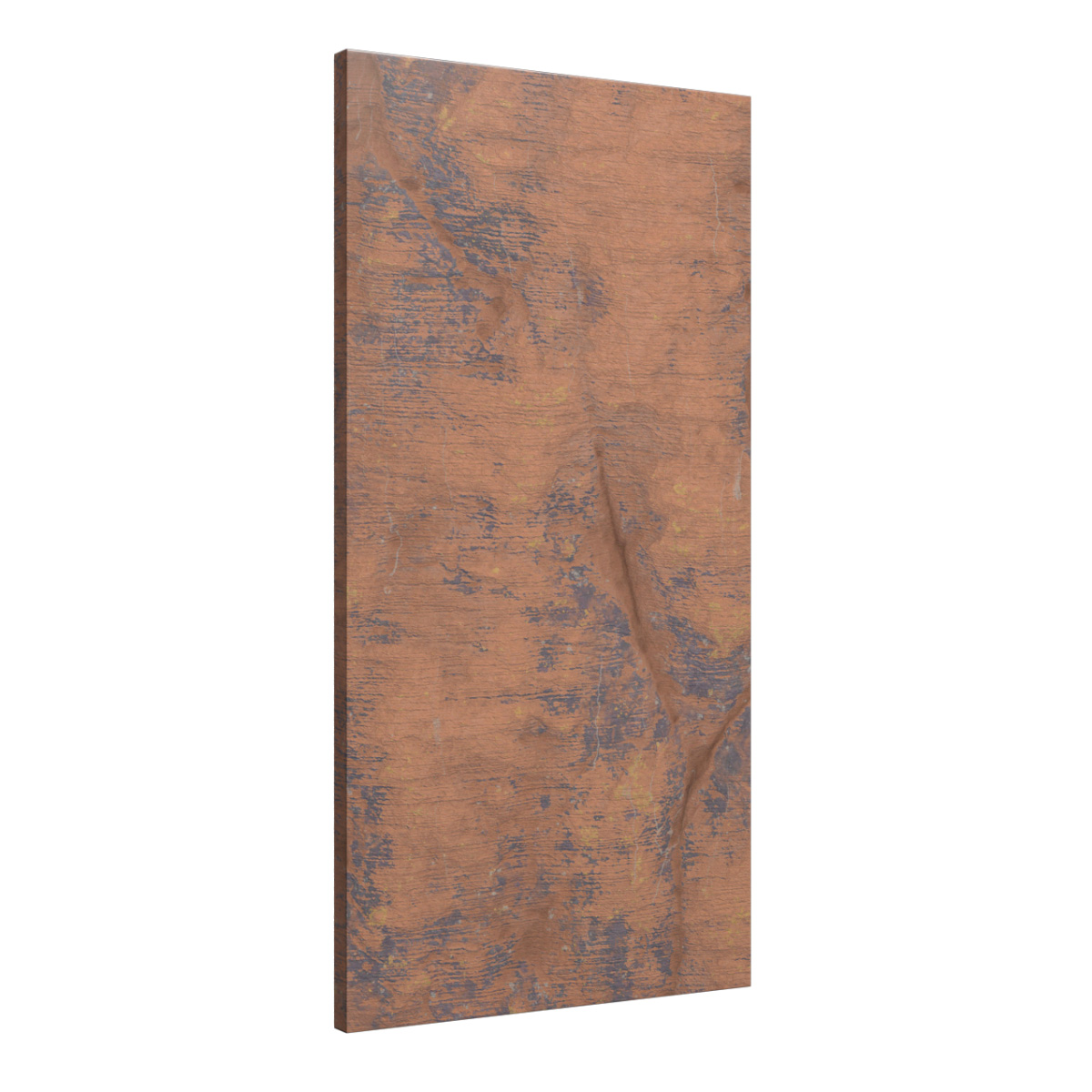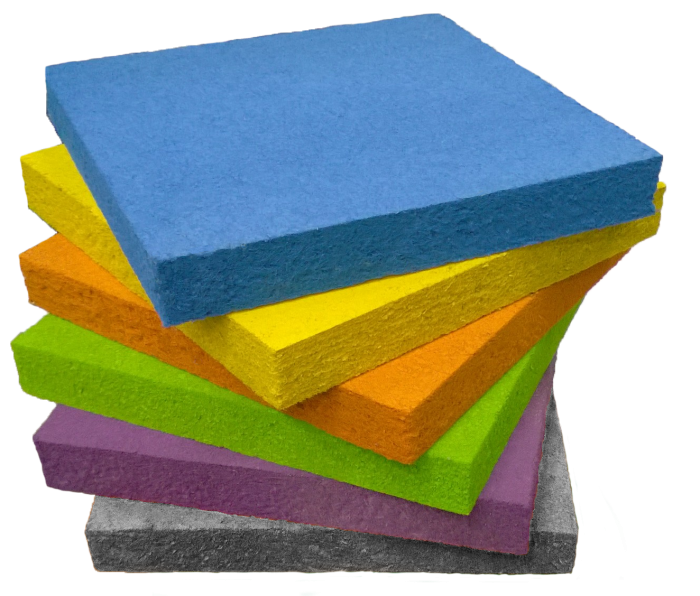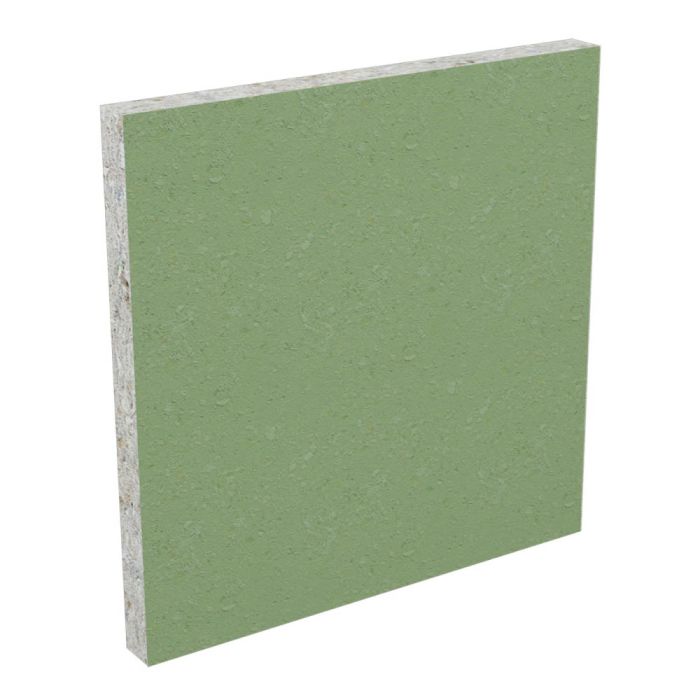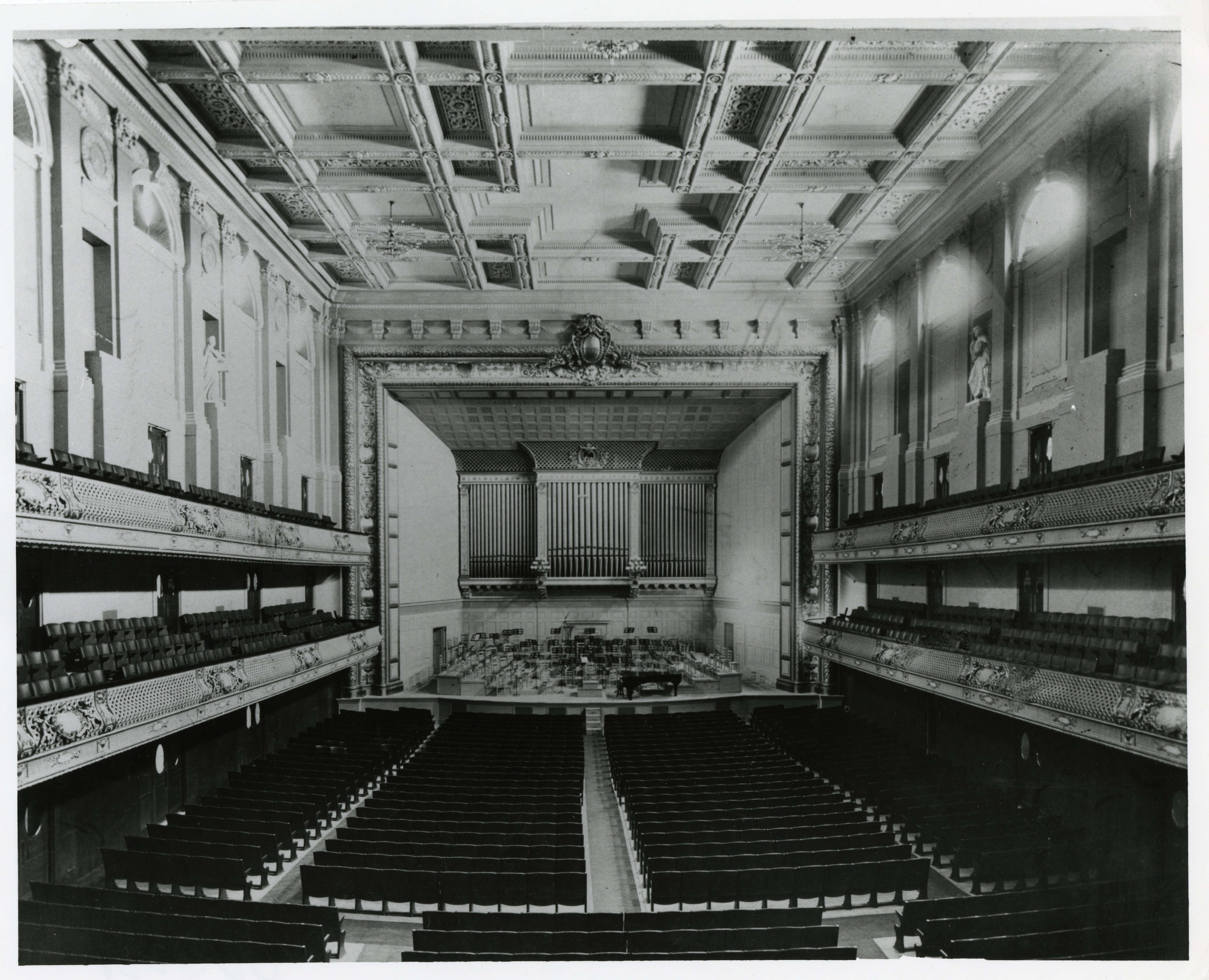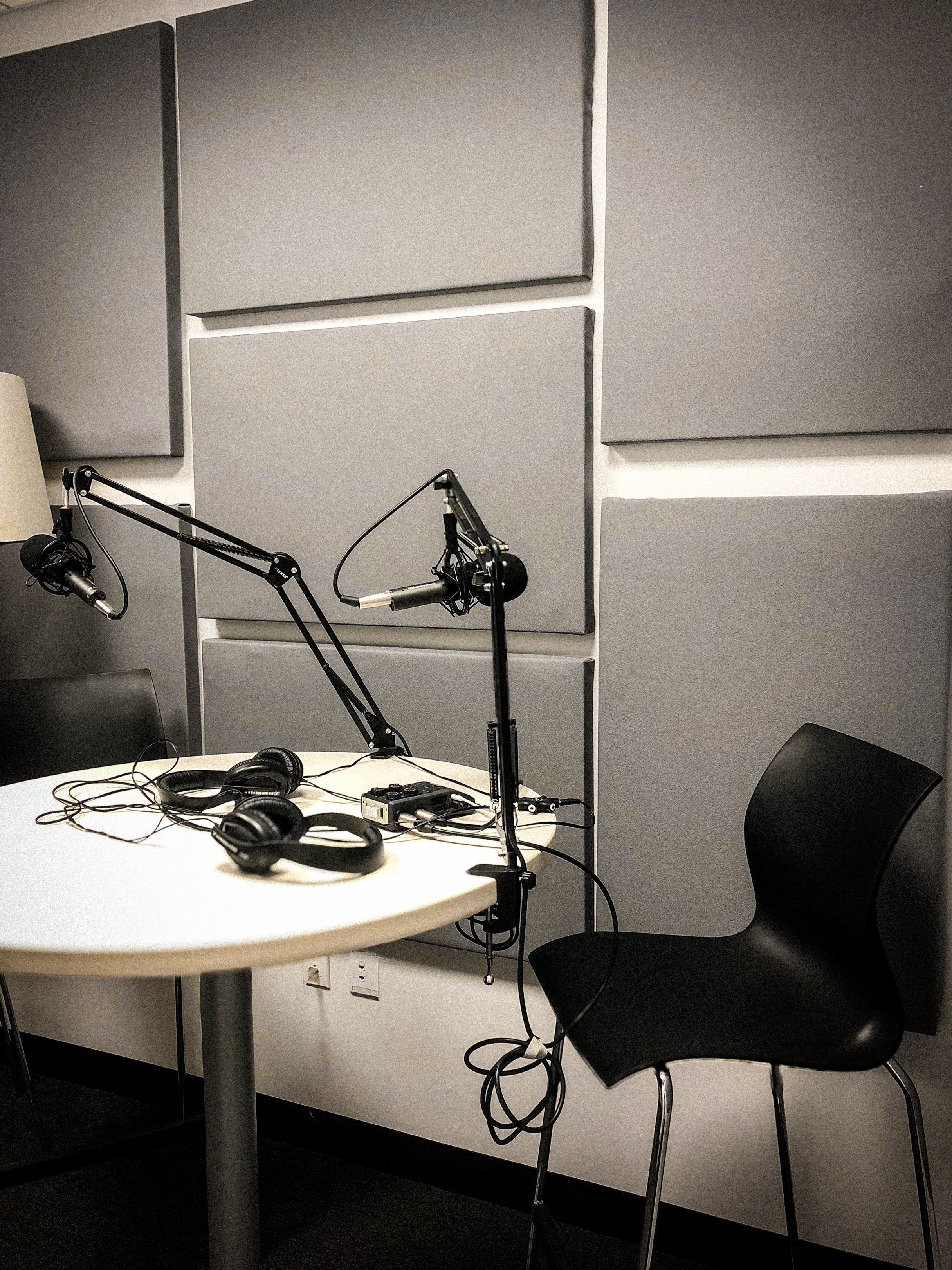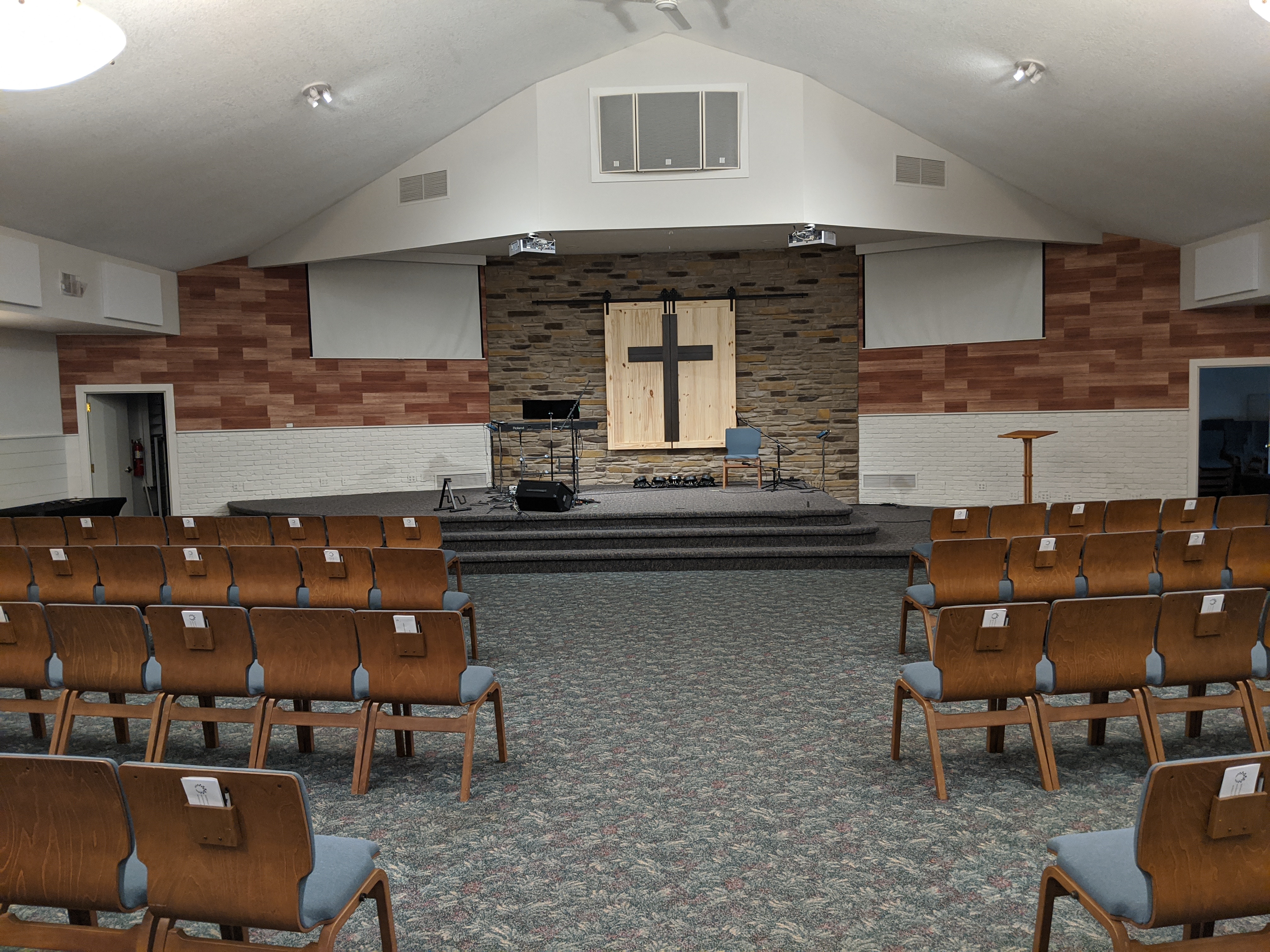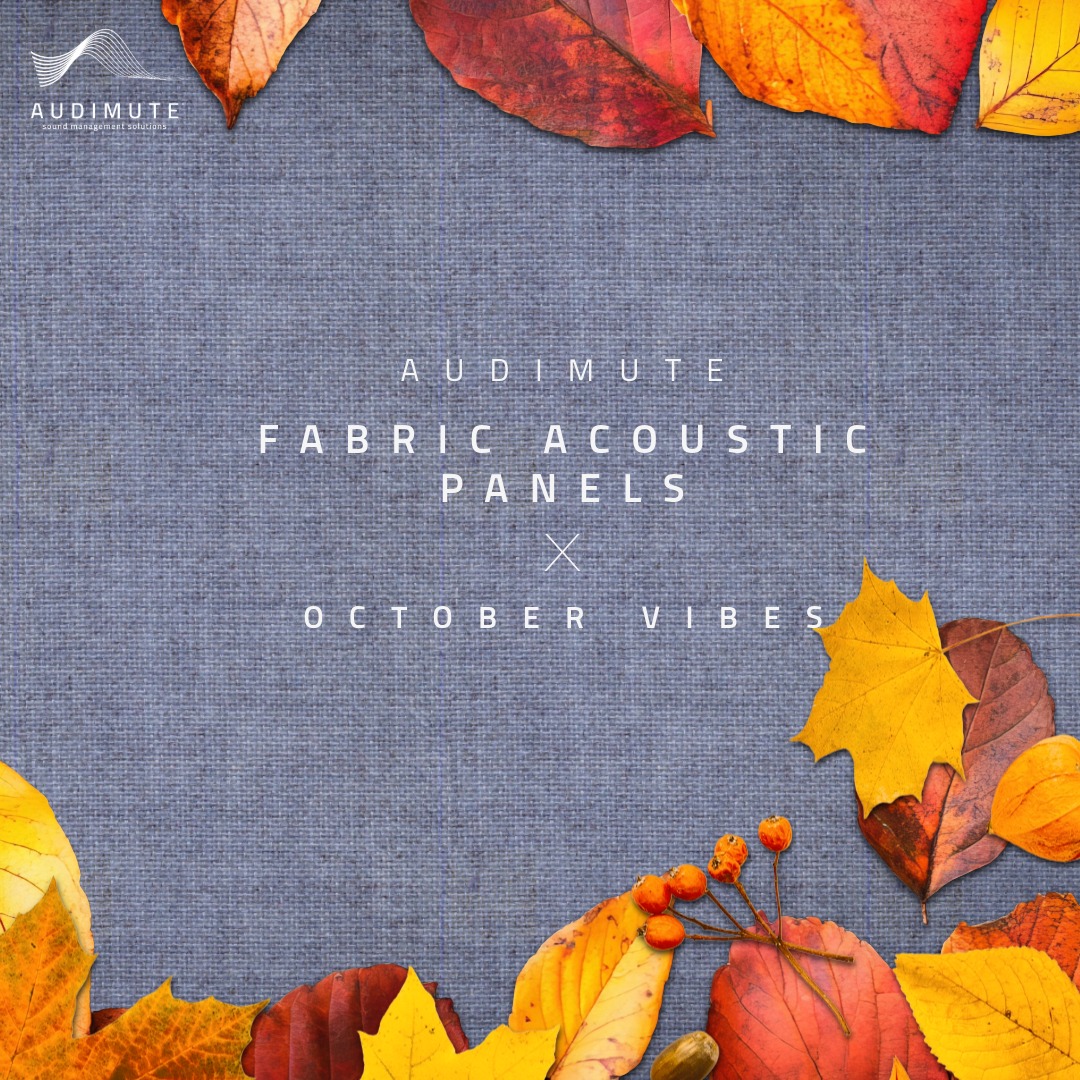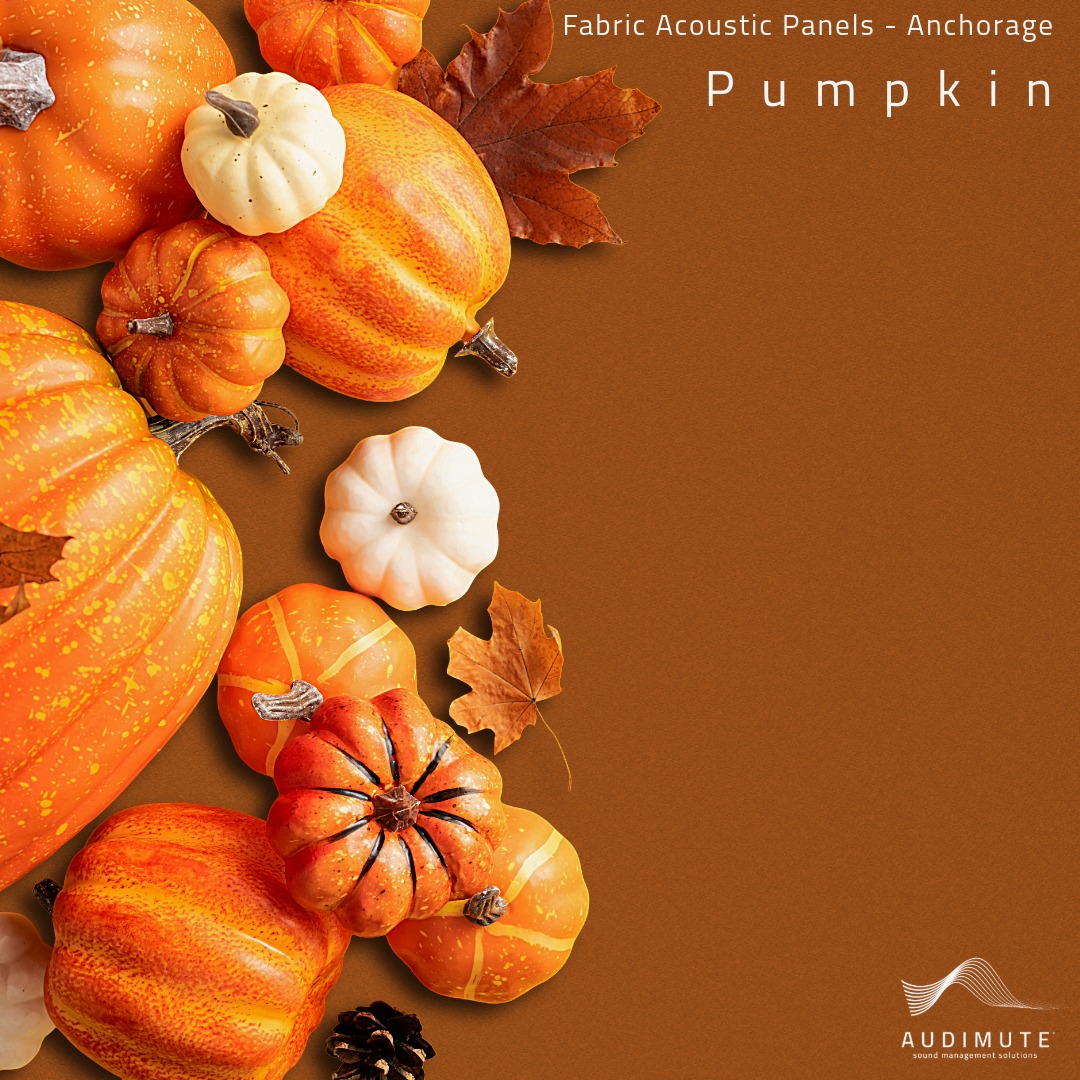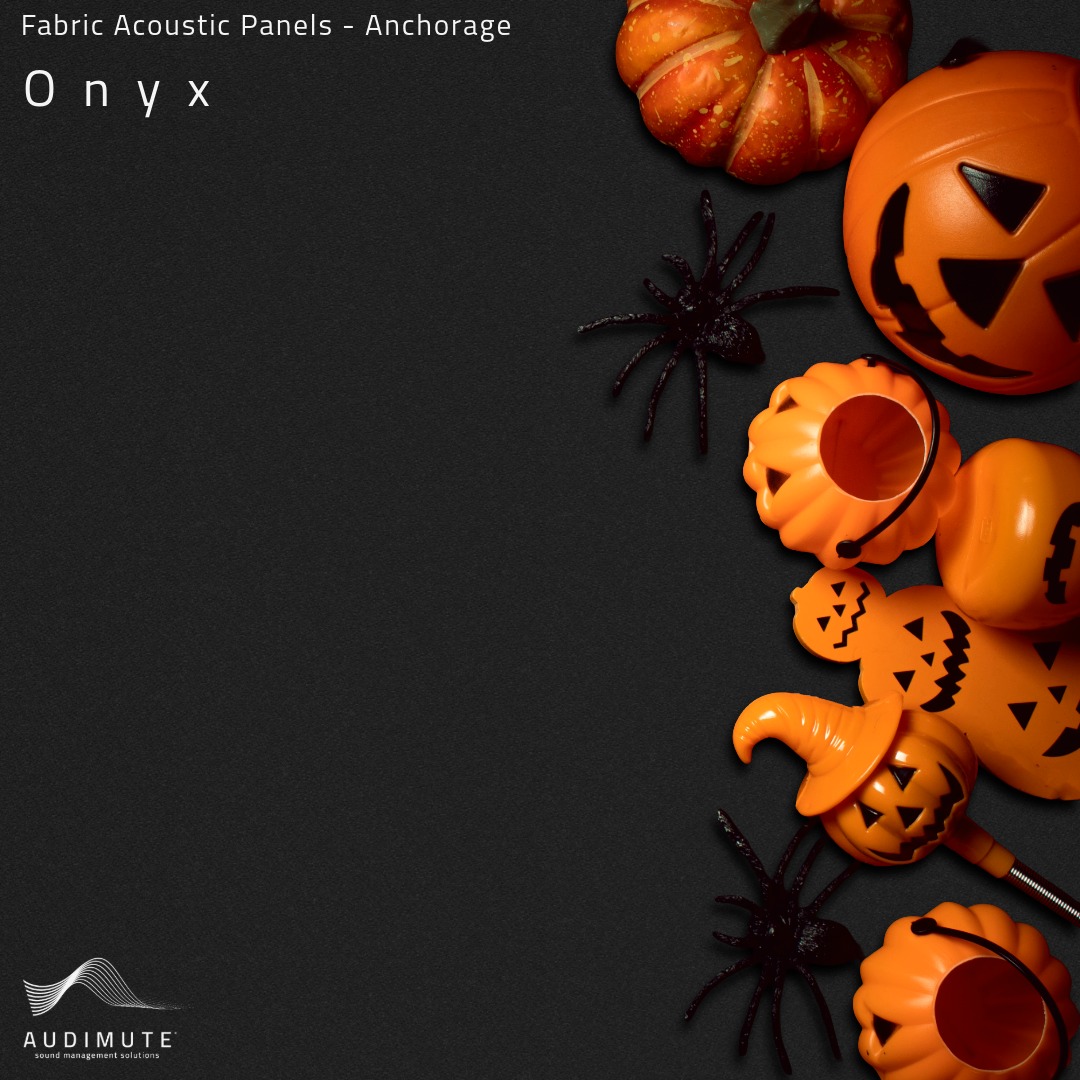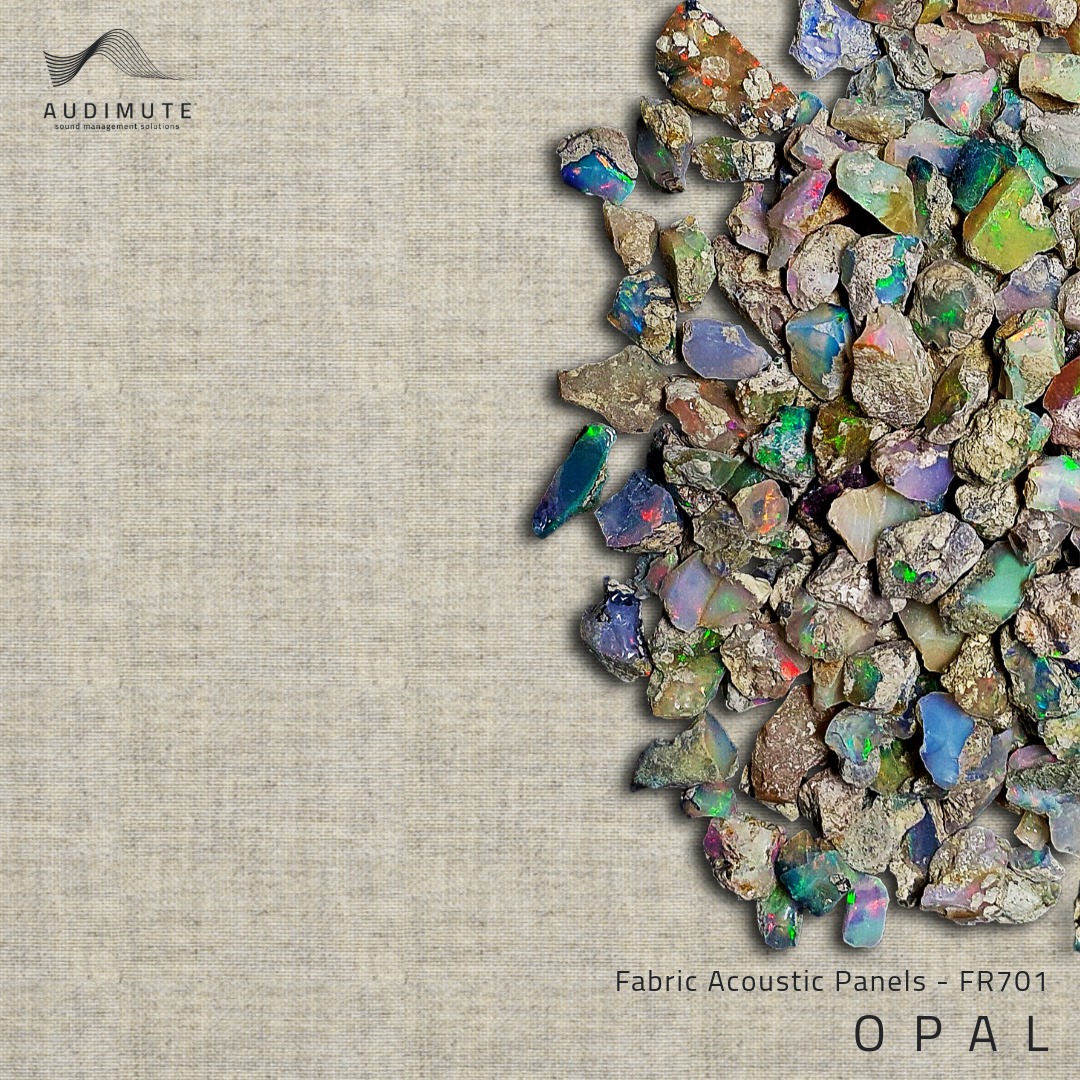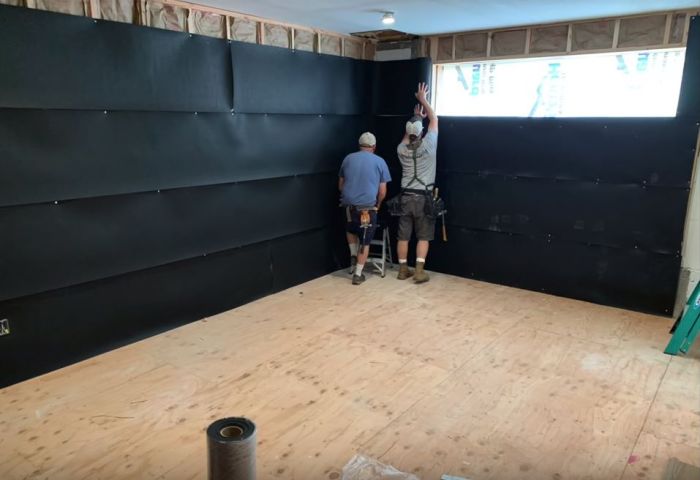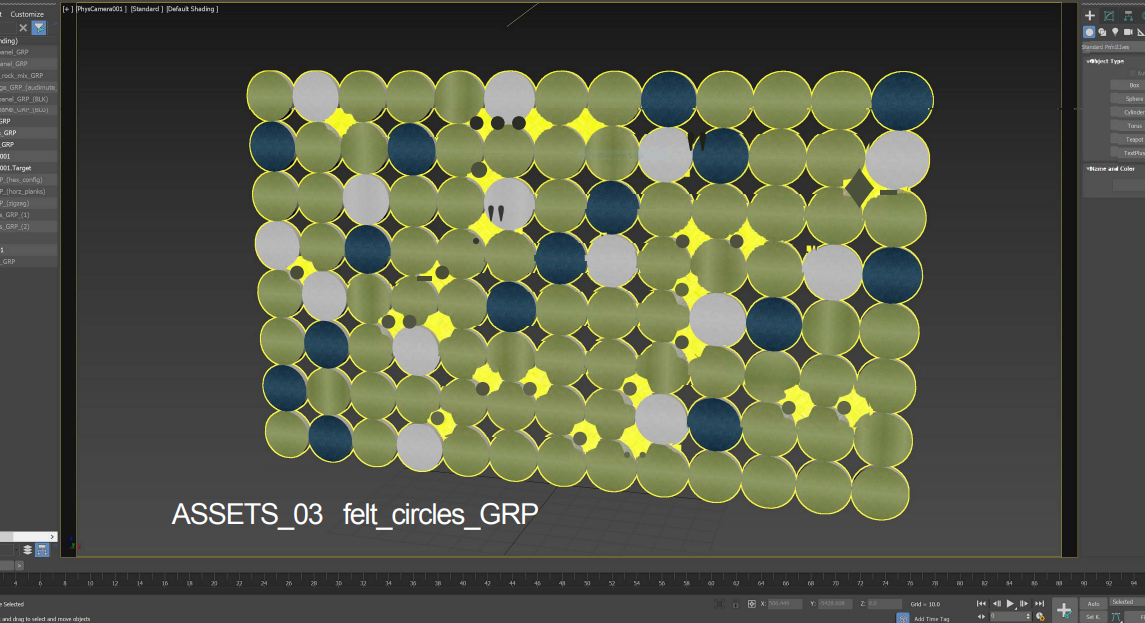Good acoustics in the office are no longer optional; in today's world of real-time collaboration, high-tech video conferencing, and fast-paced work environments, they are a necessity.
Every Audimute sound solution will make a big impact on improving acoustics in the office; in most cases, the decision on which one to choose is an aesthetic or logistical one.
Here's some of our favorite sound-absorbing solutions for different sections of the workplace:
CONFERENCE ROOMS
Zoom calls, video conferences, other forms of remote meetings: these new frontiers in business communication can suffer greatly when bad acoustics are in play. Too much echo or reverberation within a conference room can compromise the audio quality and make it difficult for the party on the other line -- whether it's a client or a co-worker -- to clearly hear what's being shared.
Fabric Acoustic Panels are an excellent way to treat sound in these high-traffic spaces, but we also love more design-driven options that keep your branding visible during Zoom calls and video chats.
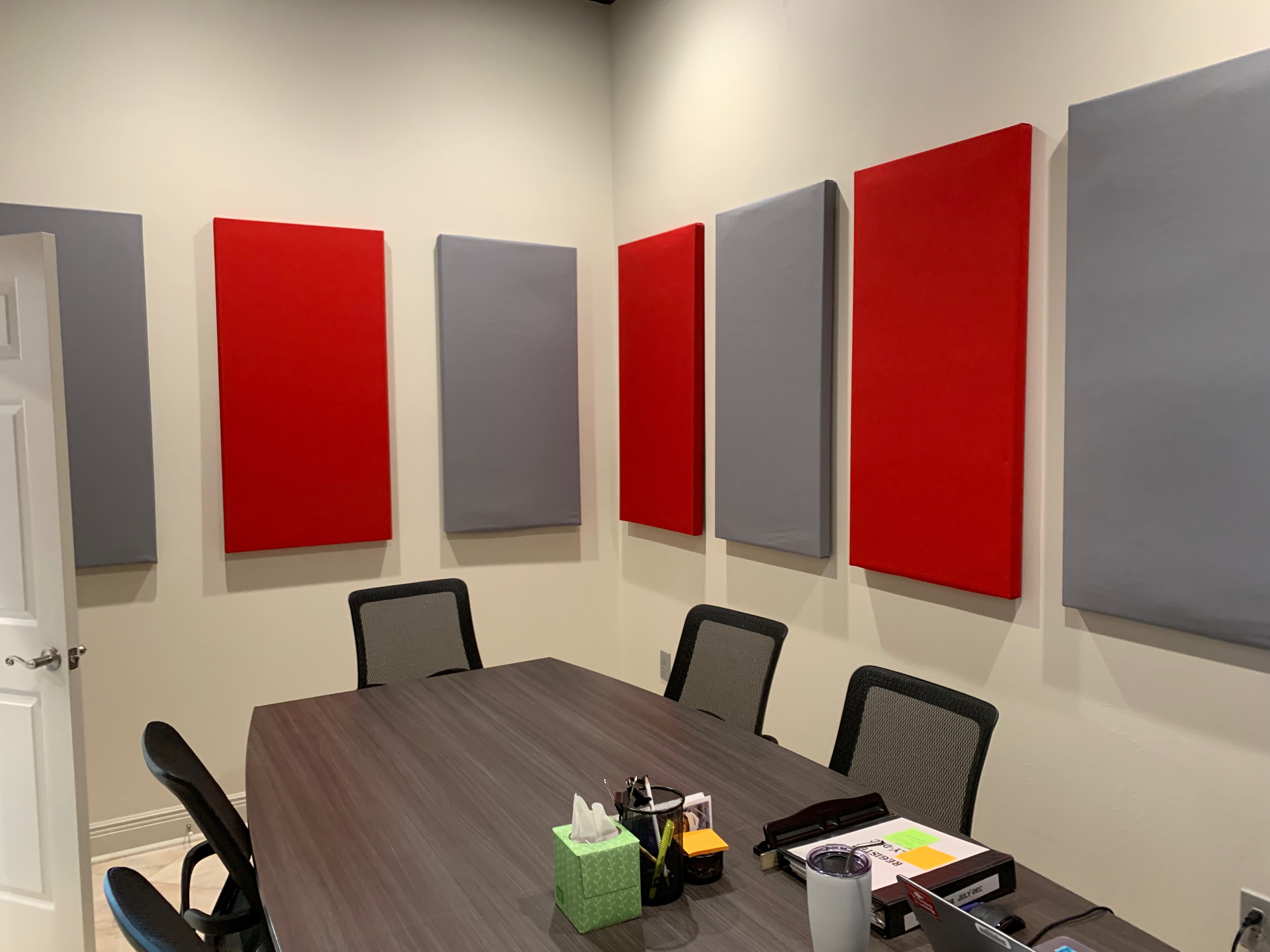
Our Custom Image Acoustic Panels can be printed with pictures of your choosing: for instance, your company's logo, or an archival image from the company's history, or a top-selling product.
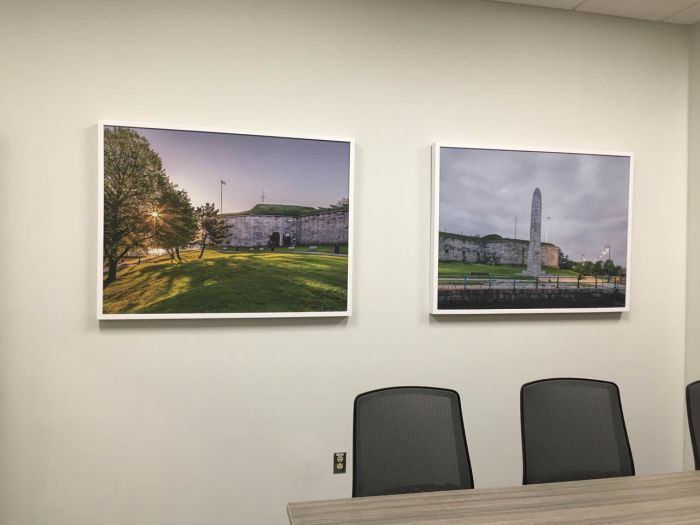
We also recommend our AcoustiColor® Acoustic Shapes to create dazzling geometric patterns on your walls.
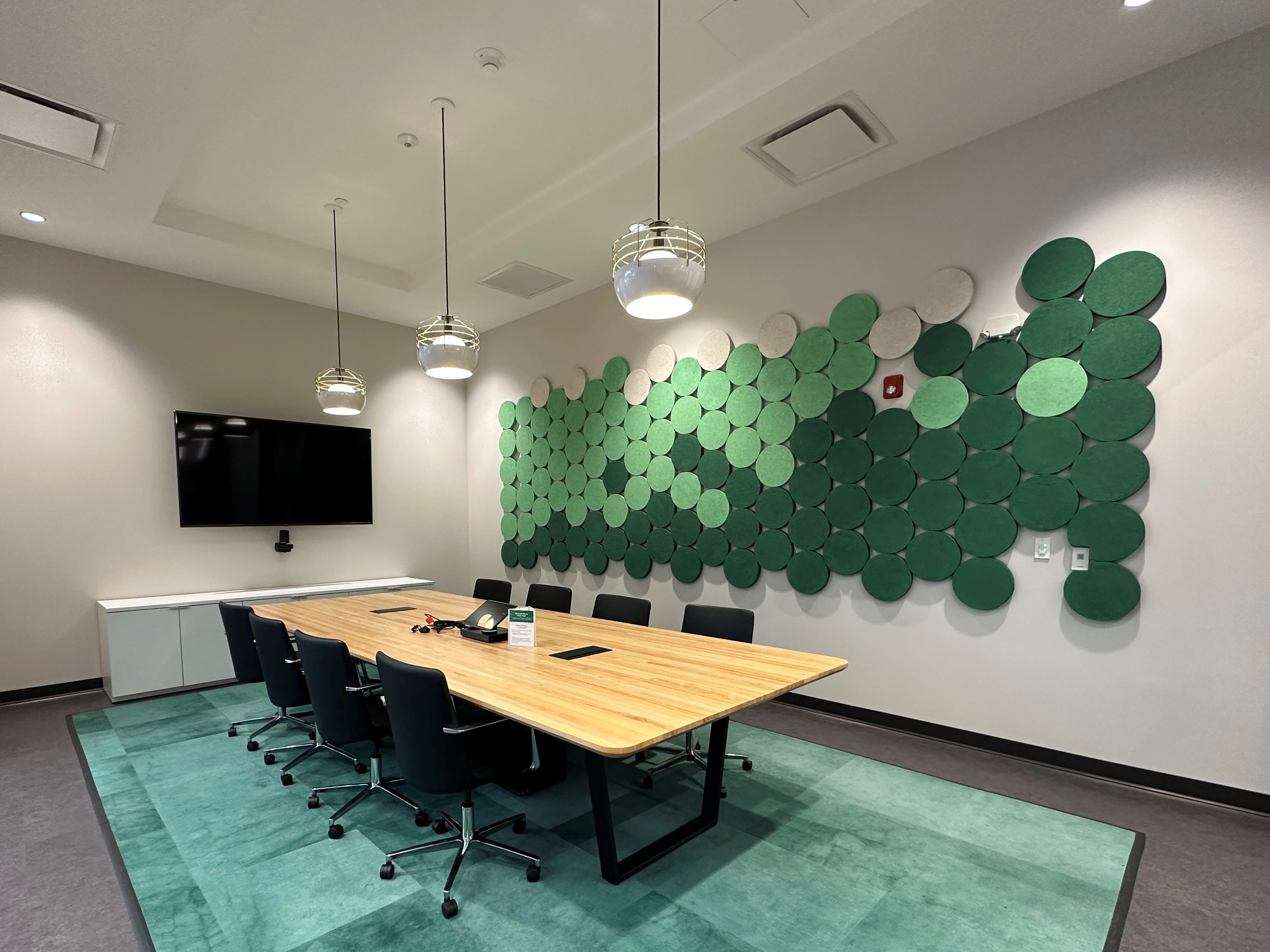
SALES FLOOR / CALL CENTER
Do you have an open space or bullpen where sales reps or customer service specialists spend the day on the phone? Then you're no stranger to the chaotic noise that can arise from that area without proper acoustic treatment. As with conference rooms, AcoustiColor, Fabric, and Image Acoustic Panels are excellent options, but if you have limited wall space or want an acoustic solution that's out of sight and out of mind, we recommend a ceiling acoustic application.
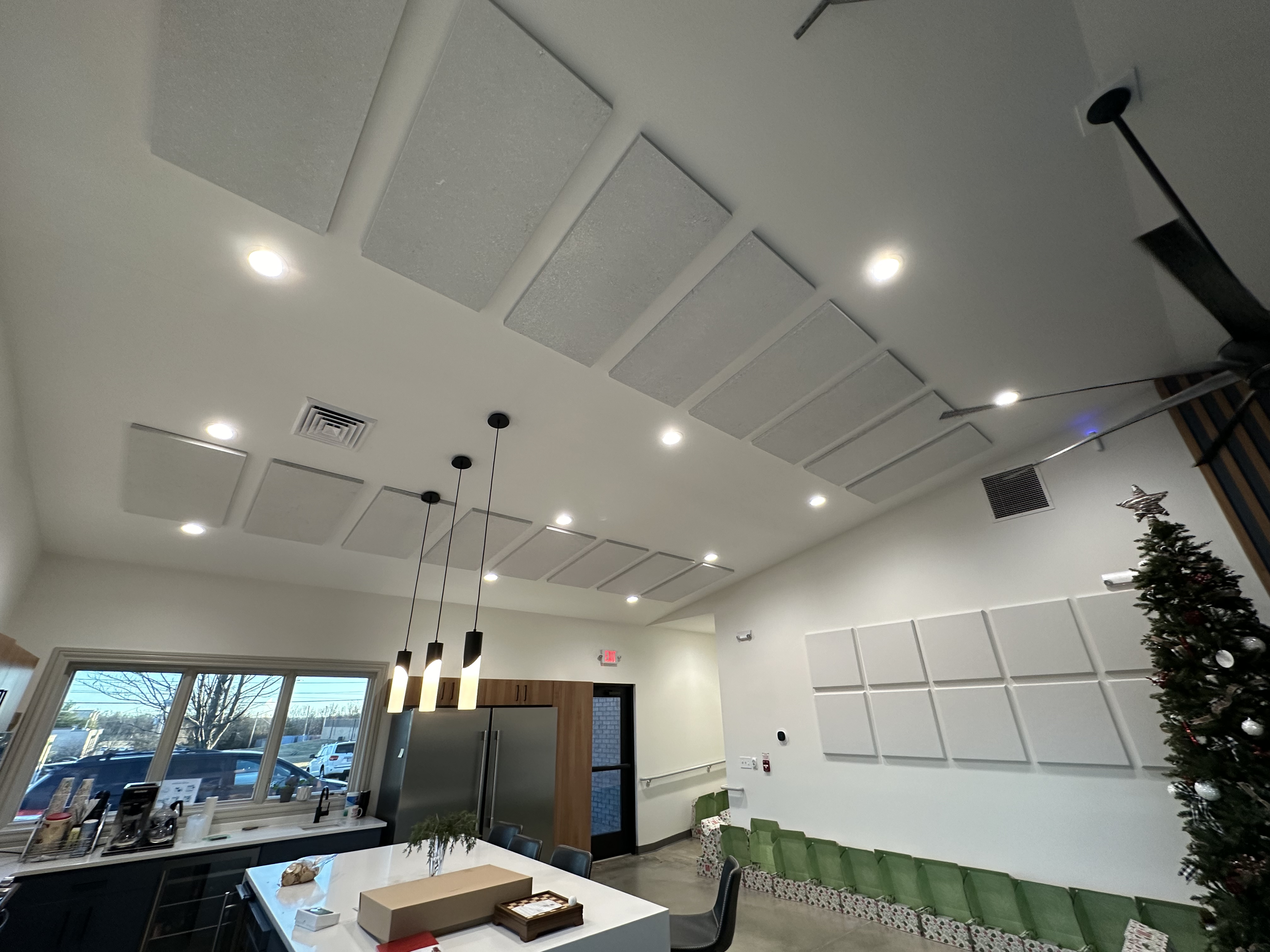
Direct Mount Ceiling Tiles can be flush-mounted directly to ceilings and coated to blend in with the surroundings, but if you're looking for something more eye-catching, our Clouds and Baffles are available in multiple styles, including Image, AcoustiColor, and AcoustiWood (our product line designed to resemble real wood).
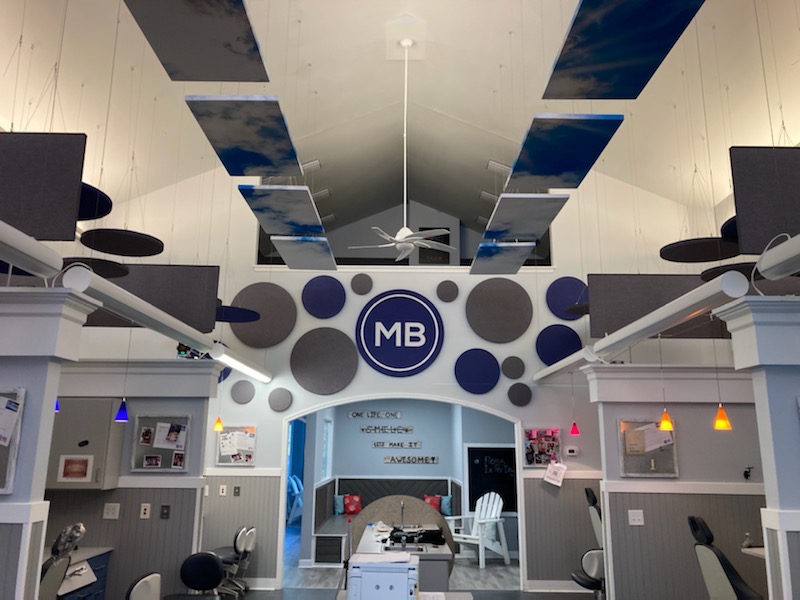
Different shapes are available, too - opt for one of our Accent Acoustic Ceiling Clouds or Baffles if you want an exciting piece of geometric art that also just happens to improve sound clarity.
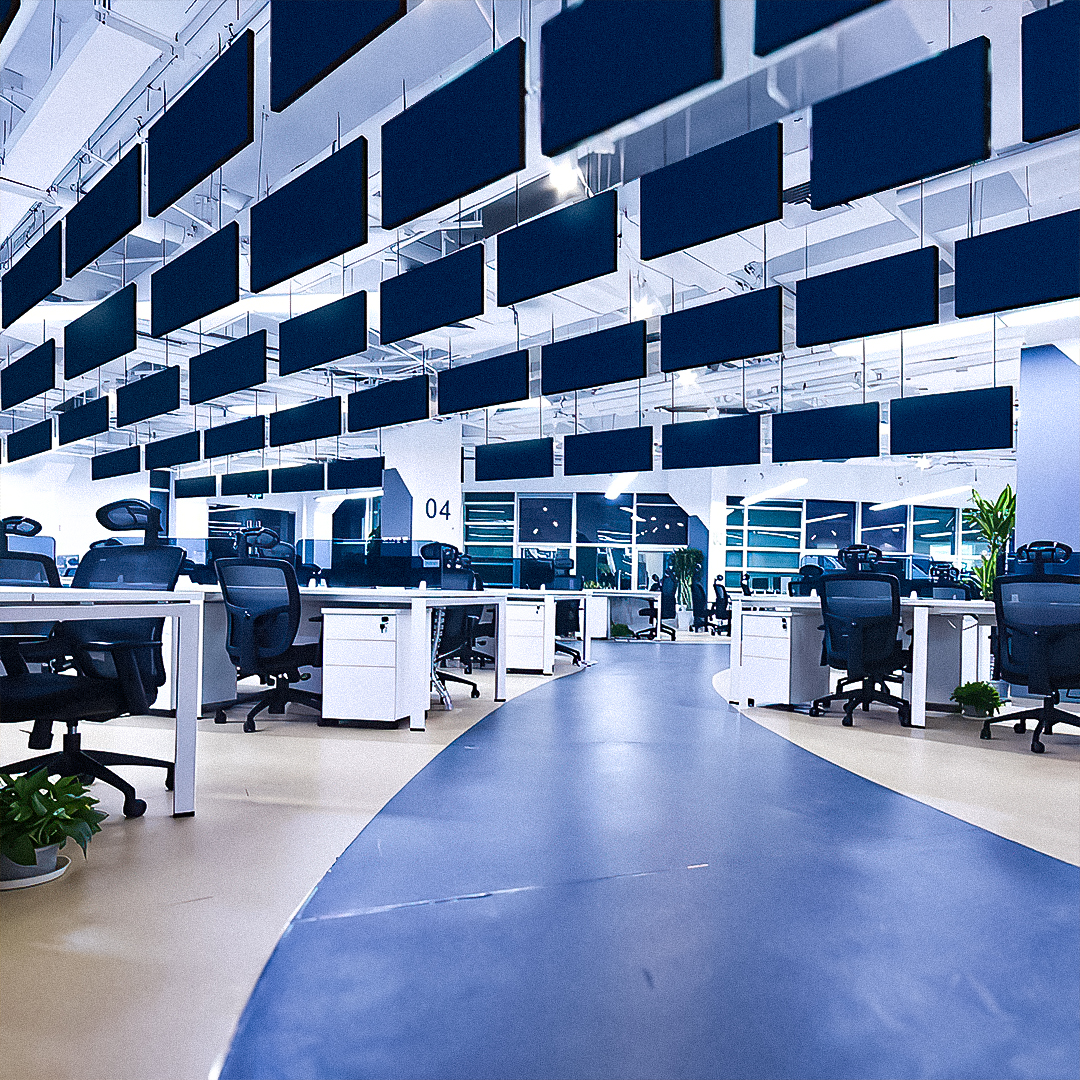
INDIVIDUAL OFFICE SPACE
For individual offices where singular employees or specialized teams work, consider customizable acoustic solutions like our Image Panels. You can order from our library of stock images in different categories (such as nature, sports, or landmarks) or opt for a personalized acoustic treatment by uploading your own imagery. Again, logos or company photos are great here.

If you want something more traditional, we recommend our Acoustic Panels Kits, comprised of different styles, looks, colors, and shapes.
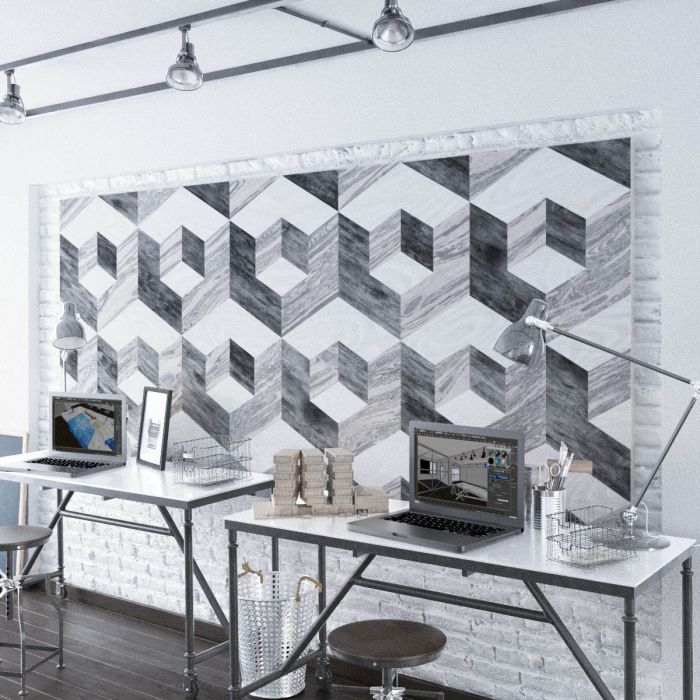
LOBBIES & WAITING ROOMS
Your lobby or waiting room is often the first impression you are giving to clients. Why not make it look and sound great? Go for a sound solution that reflects the rest of your lobby's decor. AcoustiStone® acoustic panels and tiles blend in very well with marble features (and are much easier to lift), while our AcoustiColor products are an excellent cost-effective option if you're looking for lots of coverage.
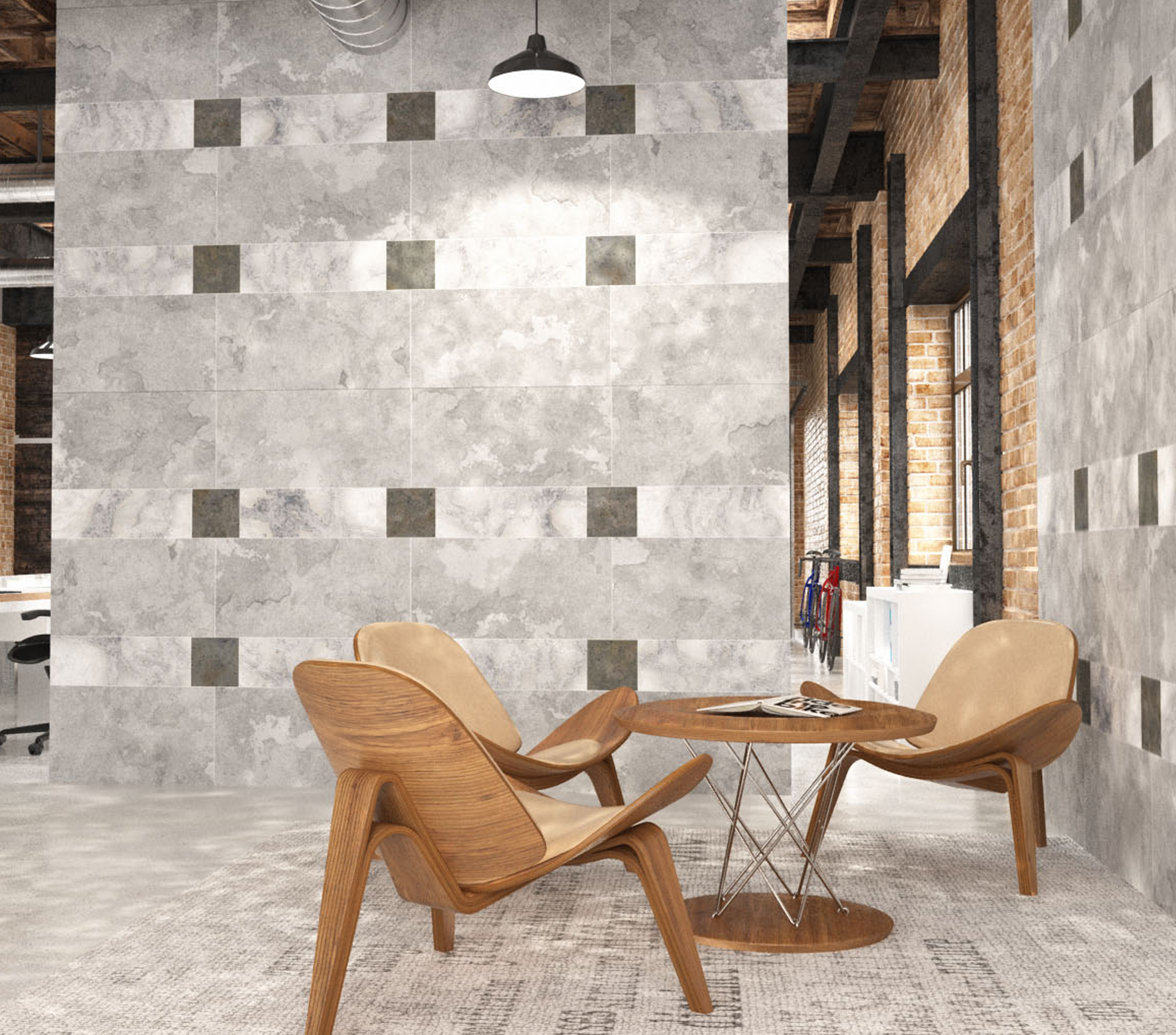
Every workplace and its needs (be they acoustic, aesthetic, or budgetary) are different, so be sure you're choosing the right sound solution for you, your employees, and your clients. And if you want free assistance in solving your sound problem, contact our Acoustic Specialists at 1.866.505.MUTE or by filling out this form.
